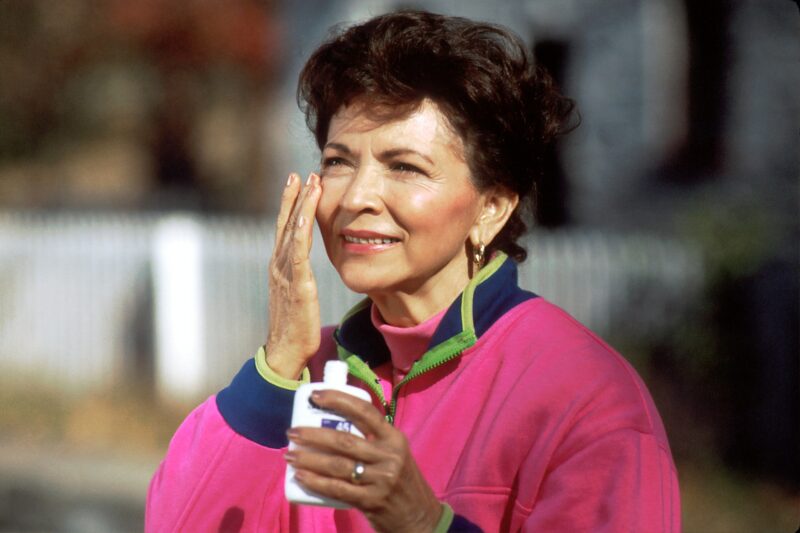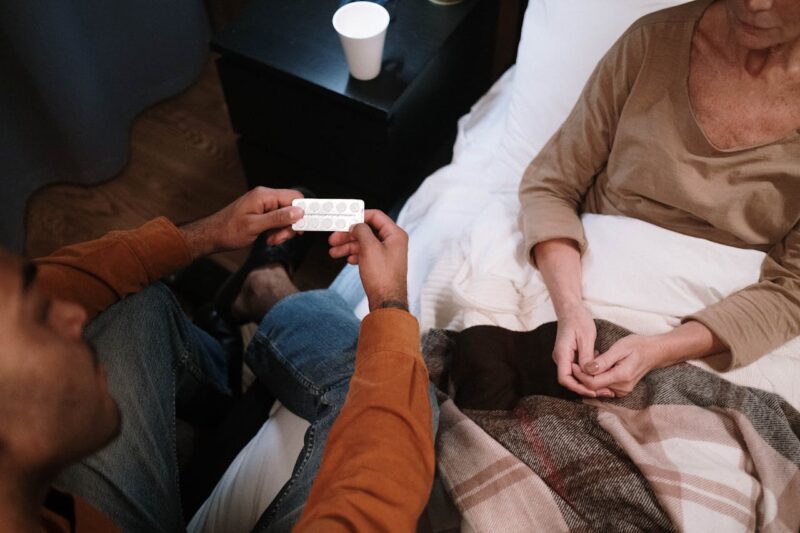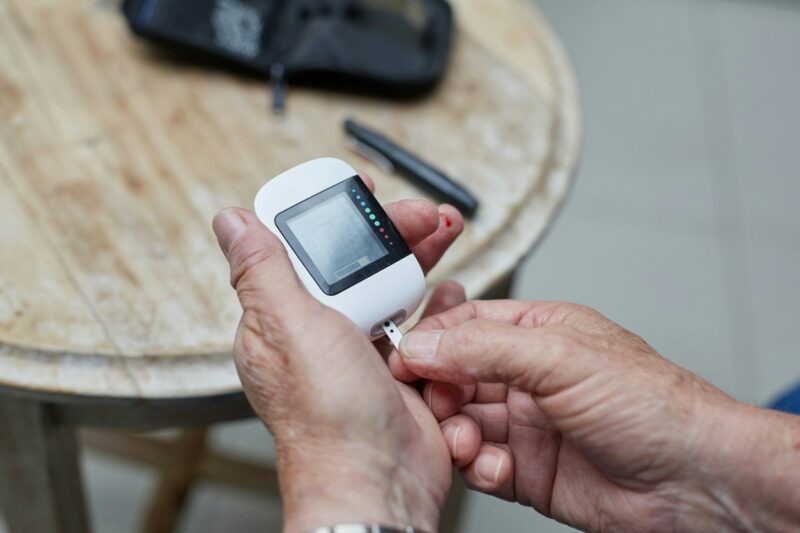
Now that it’s summer, and it’s easier to travel thanks to restrictions easing, we all know that we are raring to spend some time in the sun.
But even though lounging in the sun feels amazing—and it does have some benefits, such as Vitamin D production and mood elevation—too much of it can also damage the skin.
The sun emits ultraviolet (UV) light, which can reduce skin elasticity and can lead to premature aging. UV light penetrates the skin layers and burns the cells, which can result in sunburns. When we are young, our skin regenerates more easily, and the tan or burn from sun exposure is resolved in two weeks. However, over time, exposure to UV causes cumulative damage in the skin through unrepaired genetic mutations, and skin cells proliferate unchecked. This can result in skin cancers such as basal cell carcinomas, squamous cell carcinomas, and even melanomas.
Risk factors
Aside from frequent and prolonged sun exposure, risk factors that predispose towards the development of skin cancers are genetics and skin characteristics. Generally, individuals with more melanin and therefore have darker skin are less likely to develop skin cancer, due to the protective effect of the melanin pigment.
Protective factors
Despite your genetics, there are many ways to protect yourself from the harmful rays of the sun.
First, limit sun exposure, especially during the hottest parts of the day and when there is peak UV emission. This is usually between 11AM-2PM. Adequate vitamin D can already be obtained as little as after 15 minutes of sun exposure to the hands, arms, and face. As an alternative, vitamin D can also be obtained from the diet.
Second, if you must be exposed for longer periods to the sun, remember to put on sunscreen. Sunscreens have ingredients that block UV light and are labeled with a sun protection factor (SPF) and a number, which indicates how many times as long will it take to have a sunburn than without. For example, a sunscreen that is labeled as SPF 30 means that when you use it correctly, it will take you 30 times as long to burn. However, because perspiration and water can also reduce sunscreen effectiveness, you may need to reapply it several times during the day. You can also wear protective clothing, sunglasses, and avoid the use of tanning services.
Warning signs of skin cancer
Be on the lookout for new, changing, and unusual moles or a non-healing wound or ulcer, especially on the areas exposed to the sun, such as on the face. It is best to do a full-body inspection in front of the mirror once a month and to have a trusted person inspect areas that hard to visualize. Remember to check areas that you also do not usually see, such as the genitalia, web spaces between fingers and toes, nails, and the soles of your feet.
But how do you know that a skin lesion is suspicious for cancer? Skin cancer can take so many forms, such as follows:
- A rough and red scaly patch
- A firm nodule, either superficial or deep in the skin
- A fast-growing mass
- An open sore that doesn’t heal or that recurs and may have crusting
- Something that resembles a wart
- A non-healing wound in an old scar
- An open sore that has rolled edges
- An itchy red patch
- A flat and firm area that is paler than the rest of your skin
- A lesion that is shiny and translucent and may have different of areas of color (variegated)
- A pink growth that may have rolled borders and fine blood vessels
- Moles that are asymmetrical, poorly defined, large, and changing in size
Consult your doctor
If you are worried about skin cancer, it is best to have it checked by your doctor. You may have to be referred to a dermatologist, who will take a closer look at your skin lesion through a device called a dermatoscope. Your dermatologist will also likely take a biopsy of this lesion and send it to a pathologist for a more definitive diagnosis.
Should this turn out to be skin cancer, the lesion will be excised in a surgical procedure and under local anesthesia. More aggressive cancers, such as melanoma, may require increased surgical complexity, including looking at lymph nodes. Some patients may require other forms of therapy, such as radiation, chemotherapy, and immunotherapy.
Most skin cancers have a good prognosis after excision. For melanomas especially, early diagnosis treatment is key, as this has been shown to improve the prognosis.
Takeaway
Hopefully this article has not scared you about basking in the sun! As with most things, moderation is the key to good health. Cheers to a great summer ahead!



